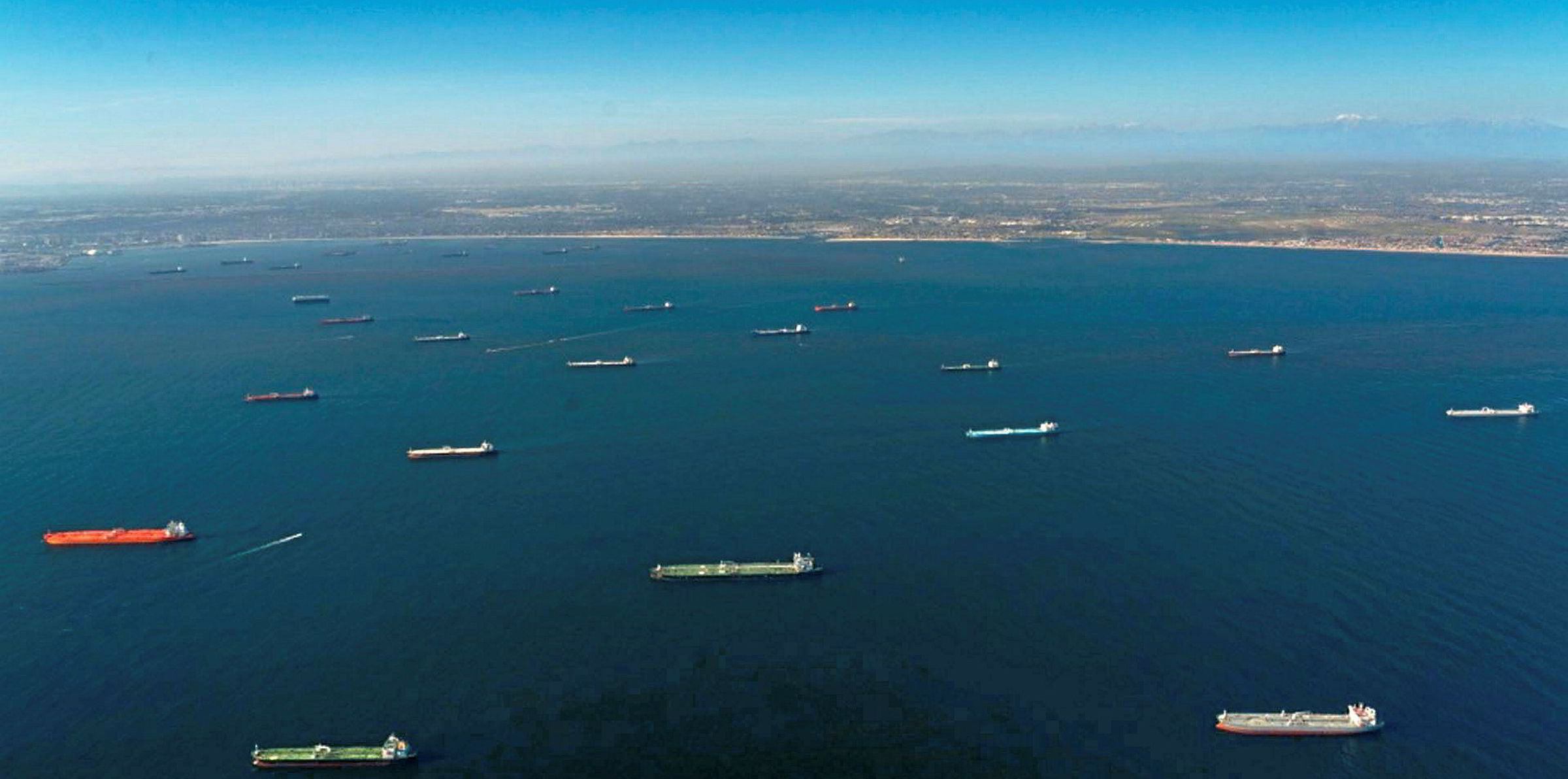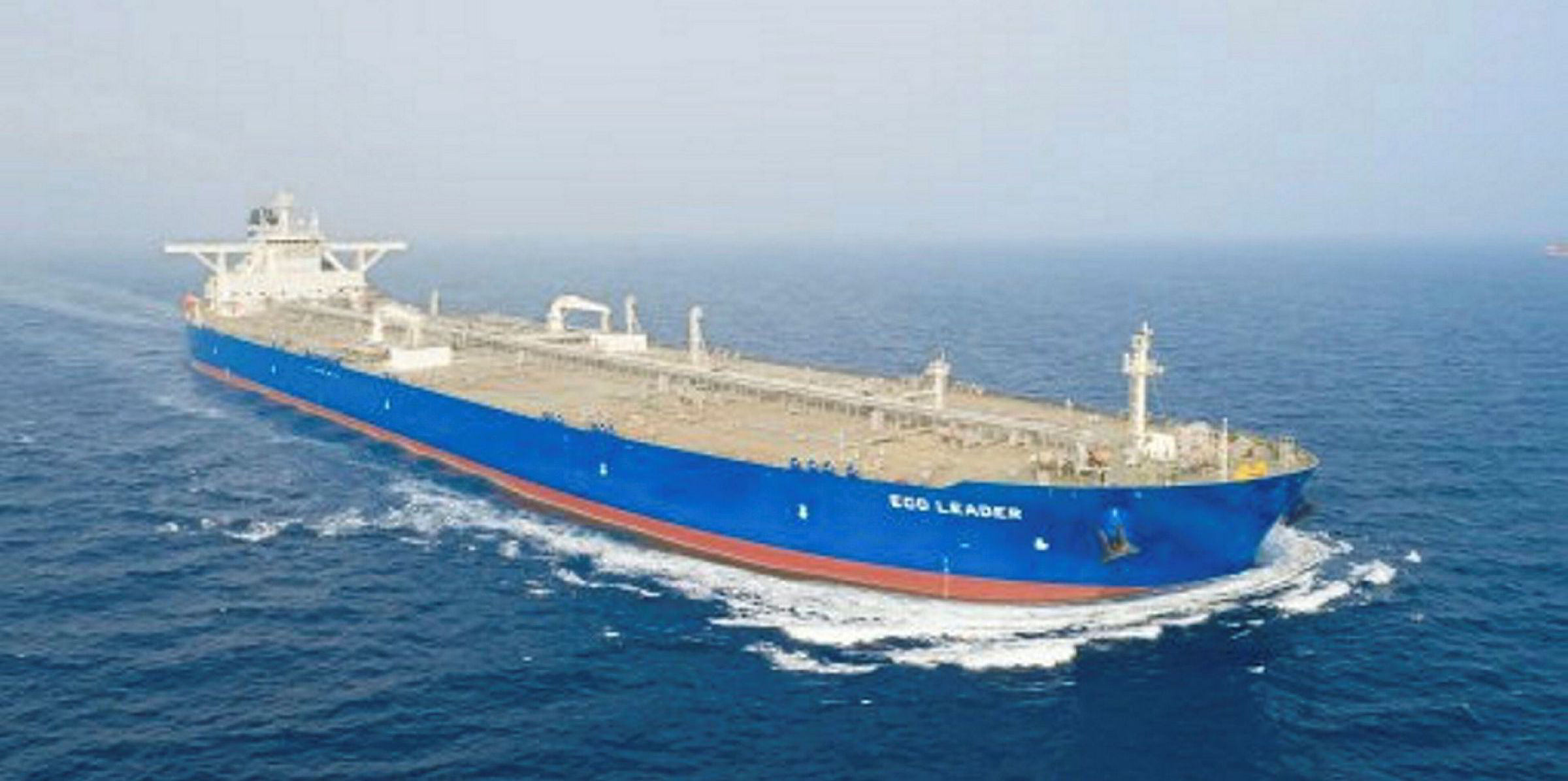Tanker owners may be about to enjoy a short-term boost to rates from a second wave of storage contracts, but analysts do not view this as a positive for stocks.
Some owners have been able to lock away VLCCs for regular business over six months at rates in the low to mid $30,000s per day, including DHT and Awilco Eco Tankers, as TradeWinds reported on Wednesday.
But most tanker companies are facing opex levels — or below — in current spot markets.
"It is really just a numbers game at this point, with about one of three Middle East Gulf cargoes lost over the three last months versus the same period last year," said Norwegian investment bank Fearnley Securities.
Analysts Espen Landmark Fjermestad, Peder Nicolai Jarlsby and Ulrik Mannhart estimate that VLCC volumes across the main trade lanes are down 26% over the last three months.
The Atlantic to Asia flow was positive through June, but has since dropped 16%, they added. West African activity is down 4%, while the US Gulf has actually grown 11%.
Two paths emerge
And the market has had the threat of unwinding storage volumes, and the easing of port delays, hanging over it for months.
Fearnley Securities said two scenarios could now unfold.
Its base case assumes oil demand recovers along the lines of industry predictions — from 83m barrels per day (bpd) in the second quarter, to 97m bpd in the fourth quarter.
This should trigger growing volumes closer to year end and into 2021 from the Middle East Gulf, with a corresponding boost to rates, the bank believes.
"Alternatively, if oil demand underperforms expectations, we could see another round of floating storage as onshore inventories remains high," the analysts said.
If this scenario plays out, "a short period of elevated rates would then be followed by a longer period of weaker rates", Fearnley Securities said.
"In terms of an equity story, we would obviously prefer some more short-term pain," its analysts added.
About 1.8m bpd of oil were added to crude inventories in the first half of this year.
UK shipbroker Howe Robinson Partners said that with the second set of 10 days of VLCC liftings more or less done for September in the Middle East, focus is shifting towards the third 'decade'.
Western woe for VLCCs
"Despite some activity, rates are continuing to struggle along at below opex," the company said
"Fix from the West to East and you can double the time charter earnings equivalent to a bit above opex, but the dates working in the West will not give owners much of a shot of any benefit of a firmer winter market that might or might not come in the fourth quarter."
Suezmax rates continued to show signs of weakness in the Middle East and West Africa, Howe Robinson said.
Cargo enquiry levels remain significantly lacking in volume to deal with the "armada" of vessels in ballast from the East, the company added.
"With the Med and Continent markets quiet, there is little sign of any recovery as we head into the back end of the week," the broker said.
Clarkson Platou Securities pegged VLCC rates at $12,400 per day, after crashing 27% on Wednesday.
This was despite an active day where China’s Unipec chartered "a lot" of ships, it added.
Slow steaming always an option
"We believe unwinding of port congestion in China is now increasing vessel supply in the spot market," the investment bank said.
But Clarksons Platou said any rates below opex would be unlikely to translate into negative earnings as "in reality shipowners would quickly hit the brakes and slow steam as much as possible".
The bank's data shows the average VLCC speed on a ballast leg is now 12.3 knots versus 13 knots in April.
"If owners go down to 10 knots as an example on the ballast leg (but maintain 12 knots when laden with a cargo), VLCC earnings on Middle East Gulf-East [routes] would go up to $7,000 per day, which is closer to operating costs of $7,000 to $9,000 per day, depending on owner and vintage of the ship," Clarksons Platou said.
Ships with scrubbers fitted can add $3,300 per day to that, the company added.






